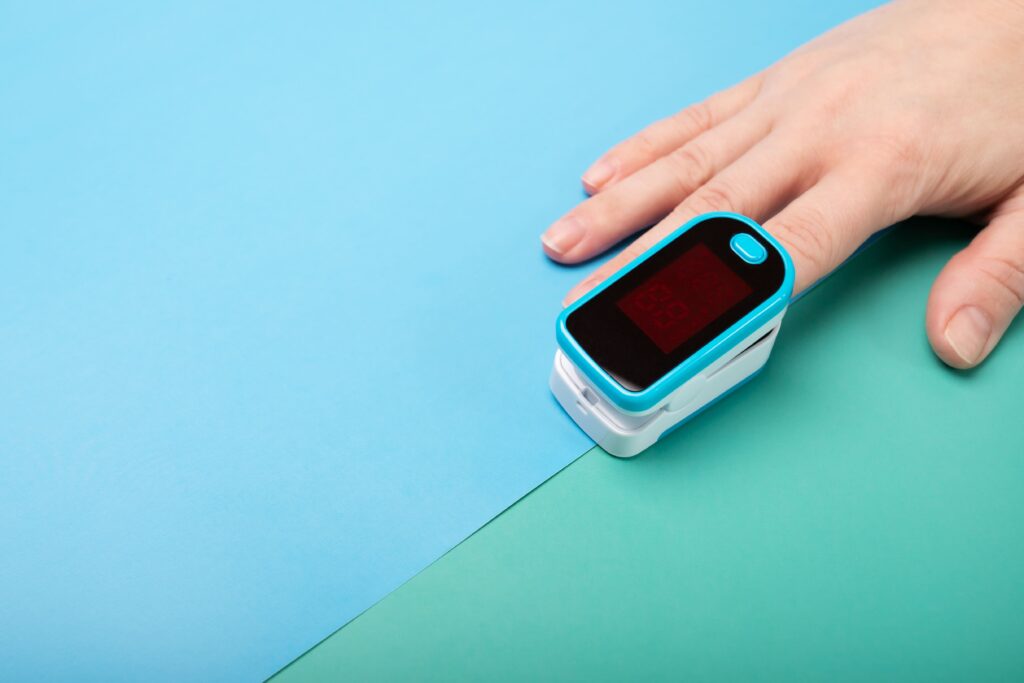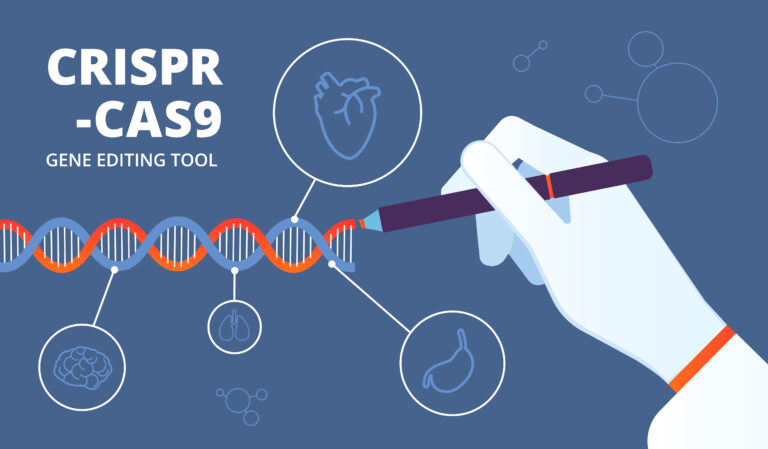COVID-19 is the extremely serious disease at the root of the current pandemic. It is caused by the SARS-CoV-2 infection, which appeared at the end of 2019 and rapidly flared throughout the entire world.
While most COVID-19 cases are benign, with expressions ranging from asymptomatic to mild-symptoms, a significant portion of the diseased can develop severe symptoms.
While vaccines have been out for some time, scientists are still working on a way to cure people who are affected with this still-mutating and highly contagious virus.
How do the most severe symptoms of COVID-19 affect us?
Those severe symptoms can result in lung pneumonia following acute respiratory distress syndrome (ARDS) and patient’s death in the most severe cases.
The disease can have a disastrous effect on the patient’s immune system, causing it to overreact and start damaging the lungs. This is why it leads to ARDS, which is a severe form of acute lung injury that is caused by a high inflammatory response of the immune system’s cells.
Hypoxia is a condition in which the body (generalised hypoxia) or a region of the body (localised hypoxia) is deprived of adequate oxygen supply at the tissue level (for instance, it is why some elderly people’s fingertips can turn blue if their oxygen saturation runs low); it is the common feature in the inflammatory sites.
And unlike hypoxia in other tissues, hypoxia in the lungs will affect the entire body – severe hypoxia in the brain and heart can have fatal consequences.
Importance of factor-1α in gene expression
This hypoxia can lead to factor-1α (HIF-1α), which regulates important cellular processes like cell proliferation, metabolism (the life-sustaining chemical reactions in the body, such as the conversion of food into energy) and angiogenesis (the growth process of new blood vessels from existing ones).
Moreover, this factor is activated during the immune responses and plays important roles in the inflammation site by inducing pro-inflammatory cytokines (a kind of cells that act as signals for other cells to act, they regulate activity and function, among other, of the immune system) production through immune cells.
The link to COVID-19 here is that a lot of the deaths attributed to it have been diagnosed as due to a “cytokine storm”: the concurrent activation of too many white blood cells (so a part of the immune system) which activate the production of too many inflammatory cytokines, which then triggers the activation of even more white blood cells.
The immune system thus goes wild, blood pressure rises and blood oxygen level falls, the heart starts beating faster, then slower; this causes a number of dysfunctions (such as a higher level of transaminases and haemorrhages) which eventually leads to ARDS, multiple organ dysfunction syndrome (MODS) and possibly death.
Fight symptoms in creative ways
Scientists have been studying creative ways to help fight off the symptoms in order to give the body a fighting chance against the virus. Notably, how to prevent pulmonary oedema: liquid accumulation in the tissue and air spaces of the lungs; which leads to impaired gas exchange and may cause respiratory failure.
This condition causes ARDS and thus hypoxia; which, as we have seen earlier, triggers a very strong reaction in the body, which not only includes angiogenesis but also hyperpermeability of blood vessels in the lungs and other tissues.
Vascular endothelial growth factor (VEGF), also named vascular permeability factor (VPF), is one of the key genes targeted by hypoxia. It is probably the most potent VPF in the body. This is why scientists have been studying ways of blocking the VEGF signalling pathway to hopefully help treat acute pulmonary oedema. And more specifically, by analysing anti-VEGF drugs to treat Covid-19-induced pulmonary oedema.
Treating COVID-19 symptoms by inhibiting factor-1α
Shortness of breath is the most common clinical symptom of a pulmonary oedema, which may be accompanied by excessive sweating, anxiety, pale skin, and coughing up blood.
Currently, we treat pulmonary oedemas with vasodilation (meaning it makes veins wider, which lowers blood pressure because the heart does not have to pump as hard) drugs such as nitro-glycerine, non-invasive ventilation (a mask that sends oxygen to the patient), and reduction of pulmonary circulation pressures.
Regardless of what caused it, the first priority is to help the patient’s vital functions keep going. In the most severe cases, trachea intubation and mechanical ventilation are required to ensure airway opening (this is the case for the people in reanimation units in emergencies because of COVID-19). Hypoxia is also treated at the same time by providing supplementary oxygen (though ventilation).
The risks of hypoxia
When under the effects of hypoxia during pulmonary oedema, lung microvasculature becomes dilated and leaky by extravasation of plasma into the alveolar space. In normal conditions, this alveolar space remains at a normal level of blood perfusion to keep gas exchange going, and vascular remodelling and integrity is also ensured by interactions with vascular endothelial cells. But during a pulmonary oedema, blood coagulates in and out of lung capillaries, which heightens hypoxia in the lungs and develops ARDS.
Moreover, the gene HIF-1α is induced by hypoxia, which affects VEGF, further altering a wide range of cells including endothelial cells, inflammatory cells, perivascular cells, and neuronal cells. This chain reaction is a vicious circle that feeds each symptom putting the patient’s life at risk. Which is why breaking the reaction by blocking VEGF is a possible avenue to help treat patients.
We have seen that hypoxia in the lungs causes systemic hypoxia, which also induces VEGF expression in various tissues and organs. High levels of VEGF may also induce oedema in those respective organs, such as in the heart and in the brain.
In order to break that chain reaction, blocking VEGF for treating pulmonary oedema could go a long way by also improving the systemic functions of multiple tissues and organs. Currently, no effective drugs are available for pulmonary oedema; however, anti-VEGF drugs can block the hypoxia-induced vascular leakiness.
Should these drugs prove successful against pulmonary oedema, millions of patients could benefit from this treatment. We might just find a way to save a significant portion of the patients suffering from the most severe cases of COVID-19.



